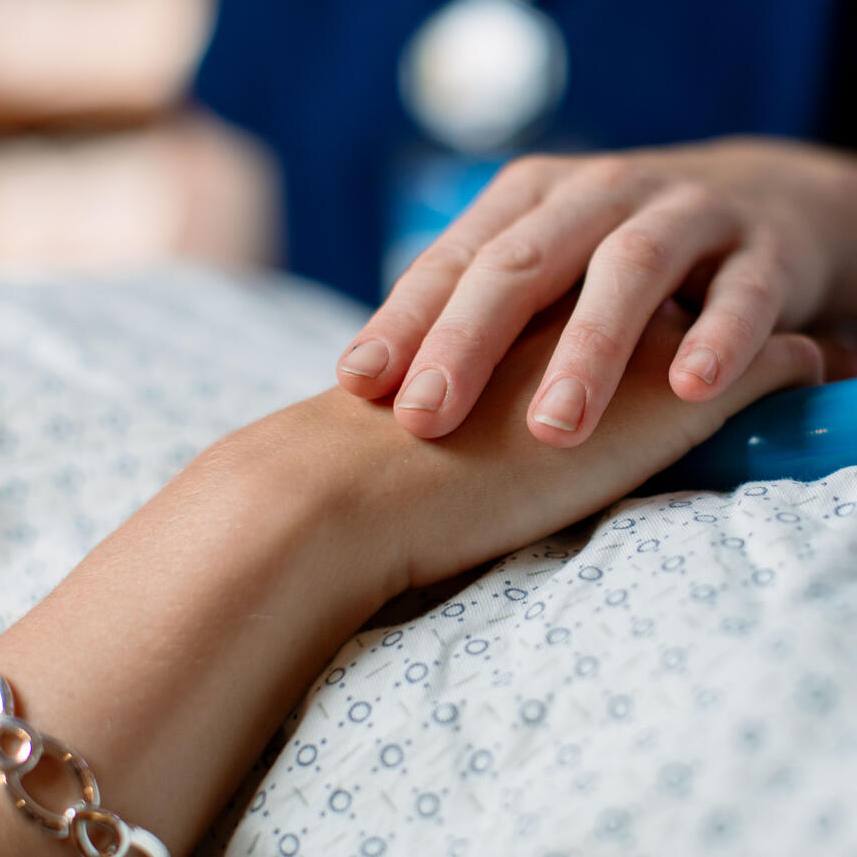Daylight saving time begins at 2 a.m. on Sunday, March 12. Clocks are turned an hour forward, which means you'll be losing an hour of sleep. And Mayo Clinic experts say that missing out on that shut-eye time can affect your body.
Journalists: Broadcast-quality video (0:59) is in the downloads at the end of this post. Please courtesy: "Mayo Clinic News Network." Read the script.
When daylight saving time kicks in, you spring forward and gain an hour of daylight. But you also lose an hour of sleep.
Dr. Brynn Dredla, a Mayo Clinic sleep neurologist, explains why that seemingly small change can significantly affect your body.
"We have more difficulty springing forward than we do falling back," says Dr. Dredla.
Dr. Dredla says an hour may not seem like much, but it can have a pretty dramatic effect on our bodies.
"If someone sleeps from 10 p.m. to 6 a.m. and then we spring forward, on Monday morning we're asked to now be driving when we should normally be sleeping," she says. "So that can be a big impact because our body is under the impression it should be asleep when we're asking it to perform a pretty complex task."
Dr. Dredla says it's a similar effect on the body as jet lag when you fly to Europe and are suddenly hours ahead of the time your body thinks it is.
Your body's internal clock, or circadian rhythm, no longer matches the external clock, which causes us to feel sluggish and foggy-headed.
"And it usually takes two days before we're able to get back into our normal routine," Dr. Dredla says.
She suggests preparing for the change starting about two or three days before daylight saving time by going to bed 15 minutes earlier and waking up 15 minutes earlier. That way, your body has a slower, more gradual adjustment to waking up early.
For the safety of its patients, staff and visitors, Mayo Clinic has strict masking policies in place. Anyone shown without a mask was recorded prior to COVID-19 or recorded in an area not designated for patient care, where safety protocols were followed.







